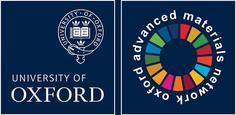Diffuse optical techniques in tissue are insensitive to oxygenation changes inside large blood vessels, due to the high optical absorption relative to the surrounding tissue. To overcome this a hybrid technique of diffuse light modulated by focused ultrasound (US) was used to detect an acousto-optic (AO) signal from a large (1 cm diameter) blood-filled tube surrounded by a turbid medium. An injection of microbubbles, a contrast agent used in clinical diagnostic US, amplified this AO signal to an experimentally detectable level. The blood was diluted to vary its optical absorption, and a resulting change in the magnitude of the AO signal was observed. A mechanism by which microbubbles can enhance US-modulation of light is proposed by deriving a 2nd order approximation to the Rayleigh-Plesset equation of motion for a bubble in an US field. A Monte Carlo (MC) model of a deep blood vessel geometry has also been developed: this takes into account the optical scattering from oscillating microbubbles in the blood, which is expected to vary spatially and temporally. Results of the MC model show that the US-modulated light signal is more sensitive to oxygenation changes within the blood vessel than a diffuse optical signal. Experimental results show a significant enhancement of the US-modulated optical signal when microbubbles were introduced. © 2011 SPIE.
Materials by design for sustainable solutions in the energy, medical, transport, and engineering sectors




